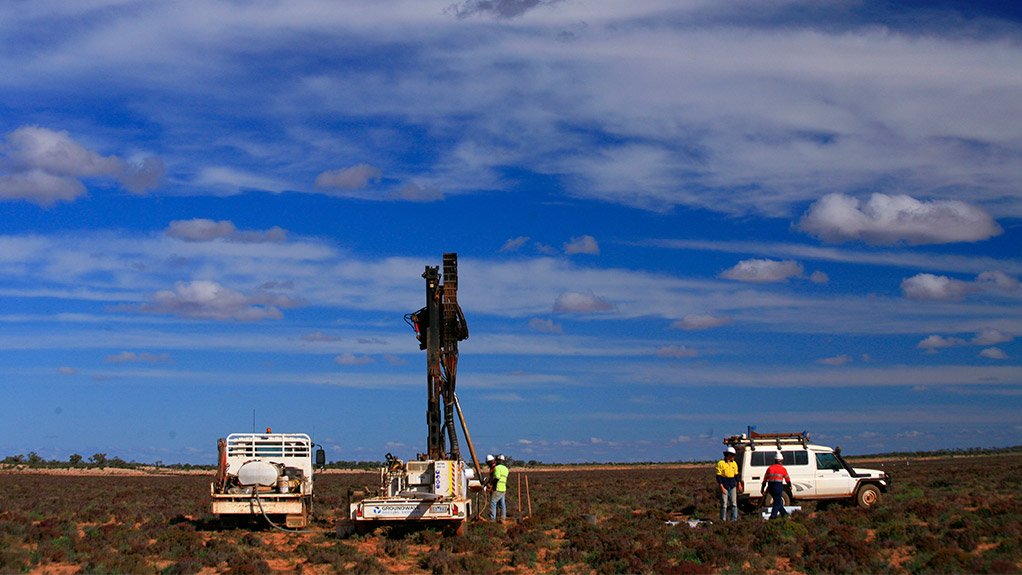PERTH (miningweekly.com) – Uranium developer Toro Energy was hoping to have Ministerial approval for its expanded Wiluna project by the fourth quarter of next year.
Speaking to Mining Weekly Online, Toro MD Dr Vanessa Guthrie stated that the public environmental review document went public in November, with the review period expected to close on February 8.
Following this, the Western Australian Environmental Protection Authority was expected to deliver an initial assessment by mid-2016, which would then be opened for an appeals process.
Toro’s previous plans for Wiluna included only the Centipede and Lake Way deposits, and the company was granted federal and state approval for the development of this project in 2013.
The expanded project would include the Milipede and Lake Maitland deposits, but the project would still be based around a central processing plant. Based on mining at the four deposits, the Wiluna project was expected to have a mine life of 16 years, with average production of two-million pounds a year of uranium oxide (U3O8), for the first ten years of operation.
“We have been working on the environmental approval for the expansion since early 2014, so it’s not something that we are rushing into,” Guthrie said.
She noted that the actual environmental assessment process for the expanded project would likely be uncomplicated, as two mine pits were being added to an existing approval.
While Toro was awaiting Ministerial consent for the expanded Wiluna project, the company was also keeping a close eye on the uranium spot price, with Guthrie noting that a price of $70/lb would be required to support the construction of Wiluna.
Guthrie was hopeful that this price point would be reached by the end of this decade.
However, she pointed out that in terms of contracting material, utilities were coming to market to secure forward supply.
“Effectively there is a four-year lead time between the power utility and the miner. So, if you think that the price would reach the tipping point in 2020, then 2016 is only four years before that.”
Guthrie, meanwhile, lauded the Australian government’s nuclear cooperation agreements with India and the United Arab Emirates (UAE), saying that would open new markets for Australia’s uranium producers.
The UAE currently had plans to build two new reactors, while India was hoping to build between six and eight reactors by 2024 to provide base-load power to about 300-million citizens that were currently without.
Guthrie noted that while both India and the UAE were valid targets for Australian uranium producers, China should not be discounted as a potential offtake partner, as the country was still building at a rate of five reactors a year.
Edited by: Creamer Media Reporter
EMAIL THIS ARTICLE SAVE THIS ARTICLE
To subscribe email subscriptions@creamermedia.co.za or click here
To advertise email advertising@creamermedia.co.za or click here













